
Today we walked through the Tibet Museum in Dharamshala. I went into the museum not knowing much about Tibet or its history. All of the items in the museum are donated. There was even a typewriter with Tibetan characters! We walked through the museum with our guide, Choegyan, a protocol officer for the Tibetan Department of information and international relations.
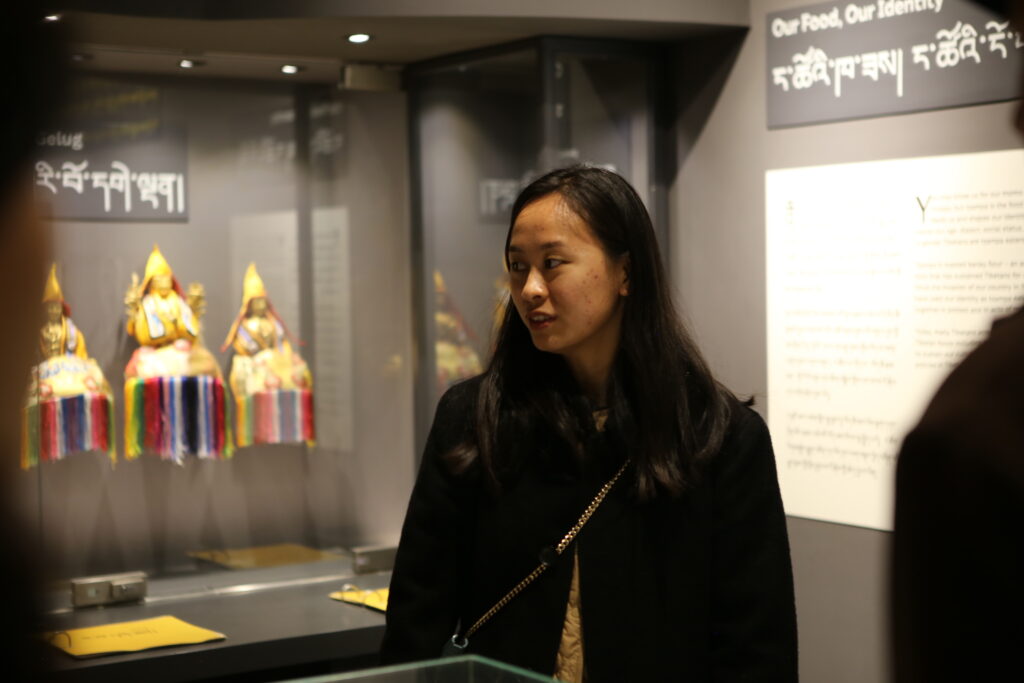
She explained to us that more times than not the story of Tibet is told incorrectly. Some people claim that Tibet had always been a part of China, but the Tibetan people know that this isn’t true. She showed us a National Geographic magazine from 1934 that showed the flag of Tibet as separate from China. She explained to us that this is something they use to prove that Tibet was once independent from China.
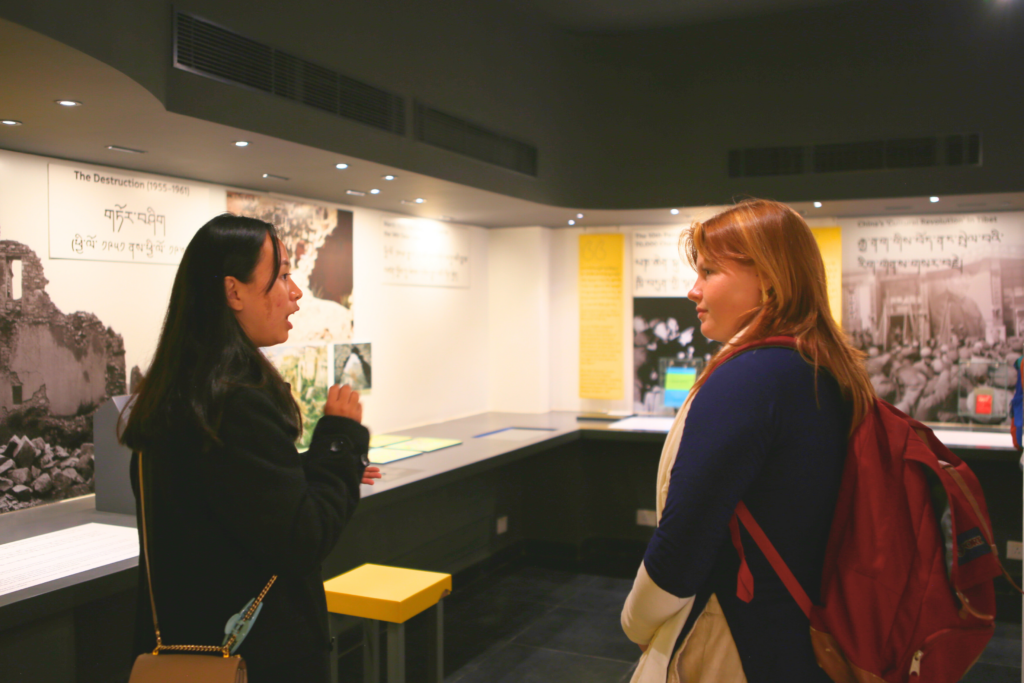
Choegyan also told me about how the Dalia Lama is found. One step of the process is that items are placed in front of a young child, some of which belong to the previous Dalia Lama. If the child chooses the correct items they determine if he will be the next Dalia Lama. Something that shocked me was that the 14th Dalia Lama was only 16 when he gained political power in Tibet.
I am so grateful to be learning and experiencing new things here in India. -Chloe Smith

Today we had the pleasure of visiting the Central Tibetan Association (CTA) in Dharamshala which is where the Tibetan Parliament in Exile is located. While there we interviewed Mr. Karma Choeying, Secretary of the Department of Information and International Relations (DIIR) and the appointed spokesperson of the CTA.
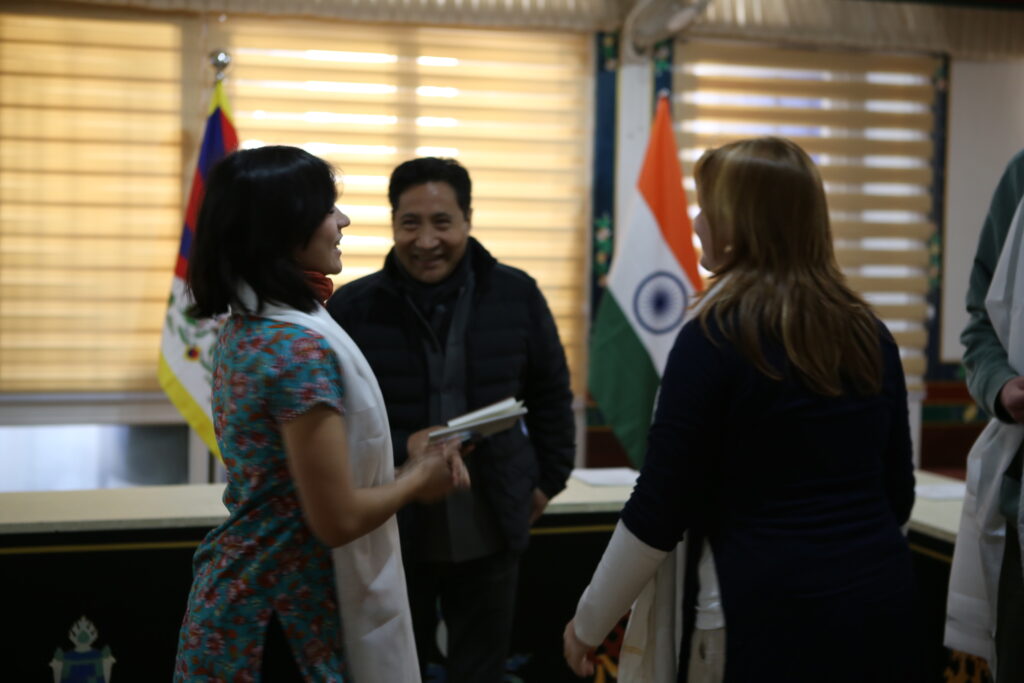
Before we began asking questions we watched a short film on the CTA and why it was created, as well as the experiences of the Tibetan refugees here in Dharamshala. The main goal of the CTA is to provide a stable living environment for refugees and secure the future for Tibet and its people. I was sad to find out how little I knew about what happened to Tibet and what is continuing to happen today. For decades, the People’s Republic of China has been working to destroy Tibetan culture and identity by putting Tibetan children in colonial boarding schools and banning any curriculum that teaches in the Tibetan language. In Tibet, there are at least a million Tibetan children ages 8 to 18 that are taken to these schools and taught only in Chinese in an attempt to kill the Tibetan language. On top of this, the Chinese government is having Chinese people move into Tibet, essentially making Tibetans the minority in their own country. If not demolished, their monasteries are strictly controlled and their towns and villages are kept under constant surveillance.
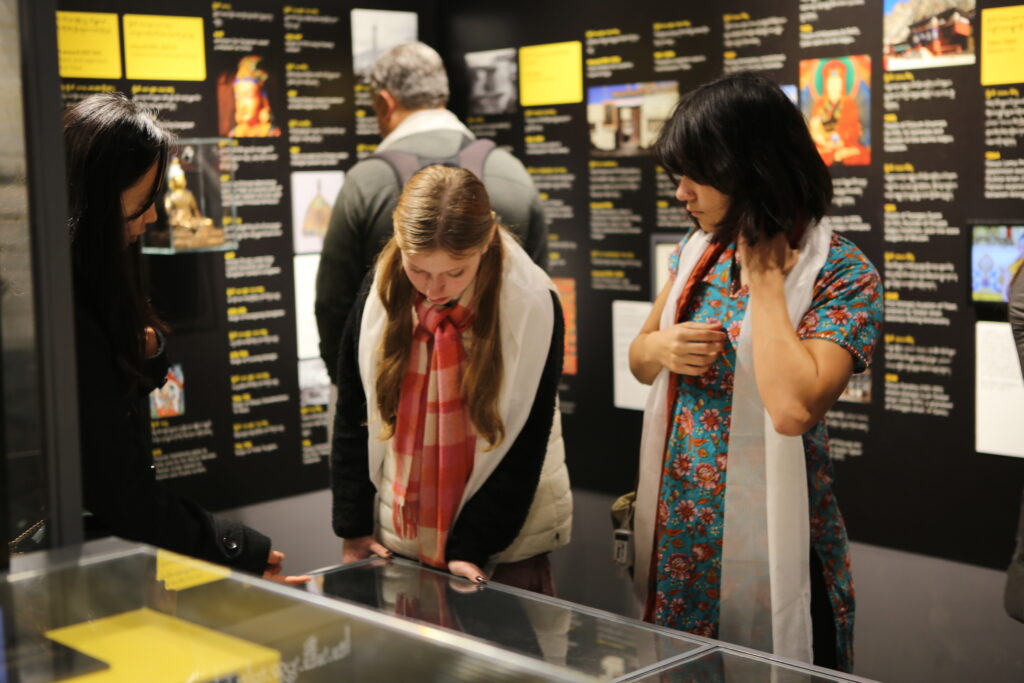
While speaking with Mr. Choeying, he shared with us about the Middle-Way approach, which is a freedom strategy that was created by the 14th Dalai Lama to try and come to an agreement with the PRC. The Middle-Way approach emphasises peace, mutual agreement, and equality. In simple terms it describes how the Tibetan government is not pushing for independence, but they don’t accept the current treatment of their people and home. Unfortunately, when I asked Mr. Choeying if the Chinese government has accepted this approach, he said that they have not gotten positive responses from them. Within the last two decades the security at the borders and surveillance within China has gotten significantly stronger. Before 2008, there were roughly around 2,000 to 3,000 Tibetan refugees coming into India every year. But now that number has dwindled down to 10 to 30 people each year.
Our time at the CTA showed me just how big this problem is and how many people it is affecting. The Tibetan people deserve to have their religious and cultural freedoms without intensive surveillance or fear of violence as a result. It showed me how strong the Tibetan people are, especially given how many were able to escape and find community here in Dharamshala, as well as keep up hope for the future of their culture.
Free Tibet- Lagi Hunnicutt
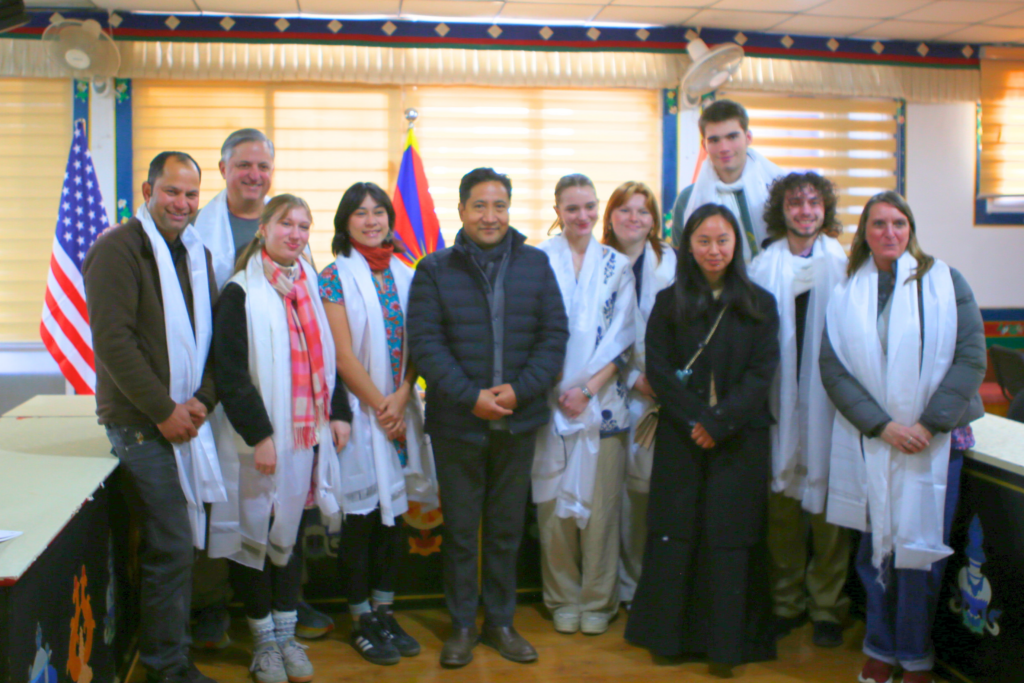
You must be logged in to post a comment.